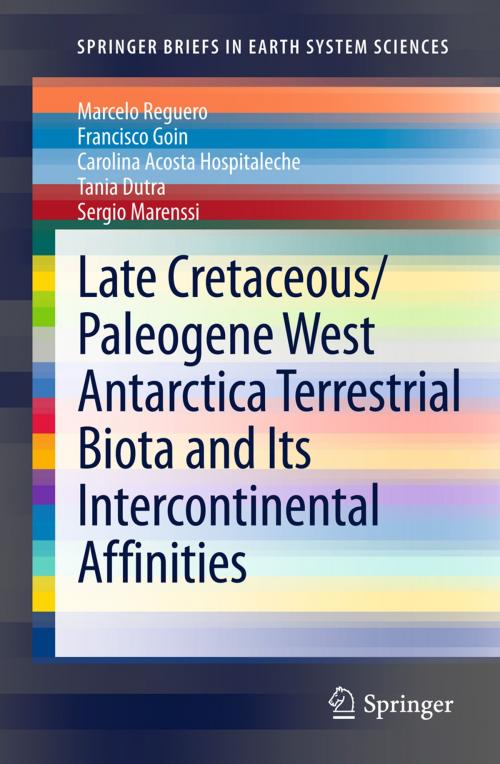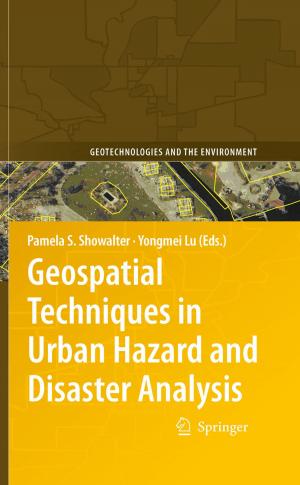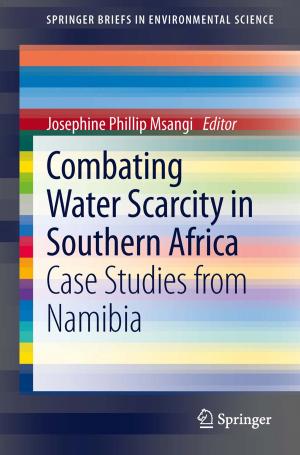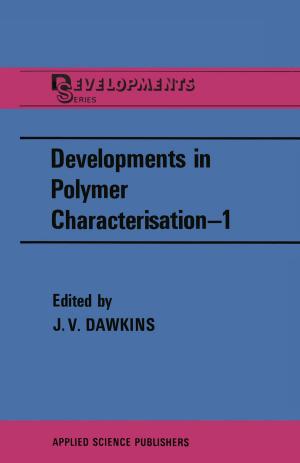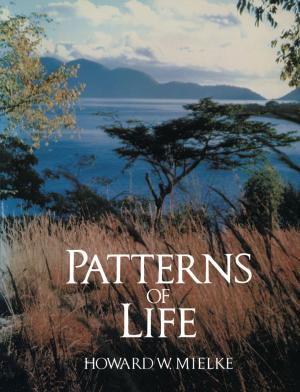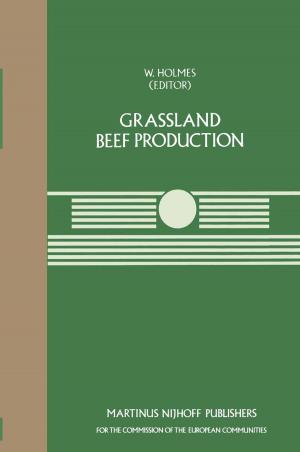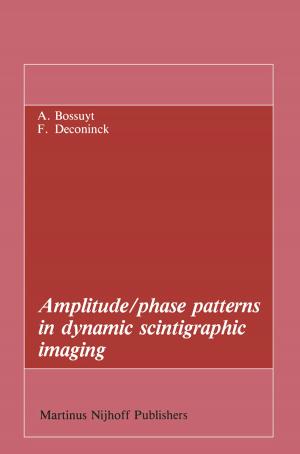Late Cretaceous/Paleogene West Antarctica Terrestrial Biota and its Intercontinental Affinities
Nonfiction, Science & Nature, Science, Earth Sciences, Palaeontology, Biological Sciences, Zoology| Author: | Marcelo Reguero, Carolina Acosta Hospitaleche, Tania Dutra, Sergio Marenssi, Francisco Goin | ISBN: | 9789400754911 |
| Publisher: | Springer Netherlands | Publication: | December 19, 2012 |
| Imprint: | Springer | Language: | English |
| Author: | Marcelo Reguero, Carolina Acosta Hospitaleche, Tania Dutra, Sergio Marenssi, Francisco Goin |
| ISBN: | 9789400754911 |
| Publisher: | Springer Netherlands |
| Publication: | December 19, 2012 |
| Imprint: | Springer |
| Language: | English |
One of the most intriguing paleobiogeographical phenomena involving the origins and gradual sundering of Gondwana concerns the close similarities and, in most cases, inferred sister-group relationships of a number of terrestrial and freshwater vertebrate taxa, e.g., dinosaurs, flying birds, mammals, etc., recovered from uppermost Cretaceous/ Paleogene deposits of West Antarctica, South America, and NewZealand/Australia.
For some twenty five extensive and productive investigations in the field of vertebrate paleontology has been carried out in latest Cretaceous and Paleogene deposits in the James Ross Basin, northeast of the Antarctic Peninsula (AP), West Antarctica, on the exposed sequences on James Ross, Vega, Seymour (=Marambio) and Snow Hill islands respectively.
The available geological, geophysical and marine faunistic evidence indicates that the peninsular (AP) part of West Antarctica and the western part of the tip of South America (Magallanic Region, southern Chile) were positioned very close in the latest Cretaceous and early Paleogene favoring the “Overlapping” model of South America-Antarctic Peninsula paleogeographic reconstruction.
Late Cretaceous deposits from Vega, James Ross, Seymour and Snow Hill islands have produced a discrete number of dinosaur taxa and a number of advanced birds together with four mosasaur and three plesiosaur taxa, and a few shark and teleostean taxa.
One of the most intriguing paleobiogeographical phenomena involving the origins and gradual sundering of Gondwana concerns the close similarities and, in most cases, inferred sister-group relationships of a number of terrestrial and freshwater vertebrate taxa, e.g., dinosaurs, flying birds, mammals, etc., recovered from uppermost Cretaceous/ Paleogene deposits of West Antarctica, South America, and NewZealand/Australia.
For some twenty five extensive and productive investigations in the field of vertebrate paleontology has been carried out in latest Cretaceous and Paleogene deposits in the James Ross Basin, northeast of the Antarctic Peninsula (AP), West Antarctica, on the exposed sequences on James Ross, Vega, Seymour (=Marambio) and Snow Hill islands respectively.
The available geological, geophysical and marine faunistic evidence indicates that the peninsular (AP) part of West Antarctica and the western part of the tip of South America (Magallanic Region, southern Chile) were positioned very close in the latest Cretaceous and early Paleogene favoring the “Overlapping” model of South America-Antarctic Peninsula paleogeographic reconstruction.
Late Cretaceous deposits from Vega, James Ross, Seymour and Snow Hill islands have produced a discrete number of dinosaur taxa and a number of advanced birds together with four mosasaur and three plesiosaur taxa, and a few shark and teleostean taxa.
